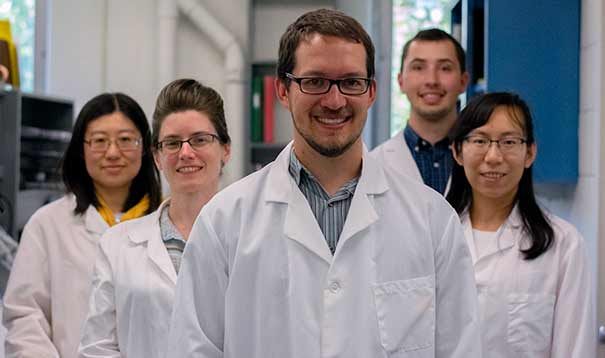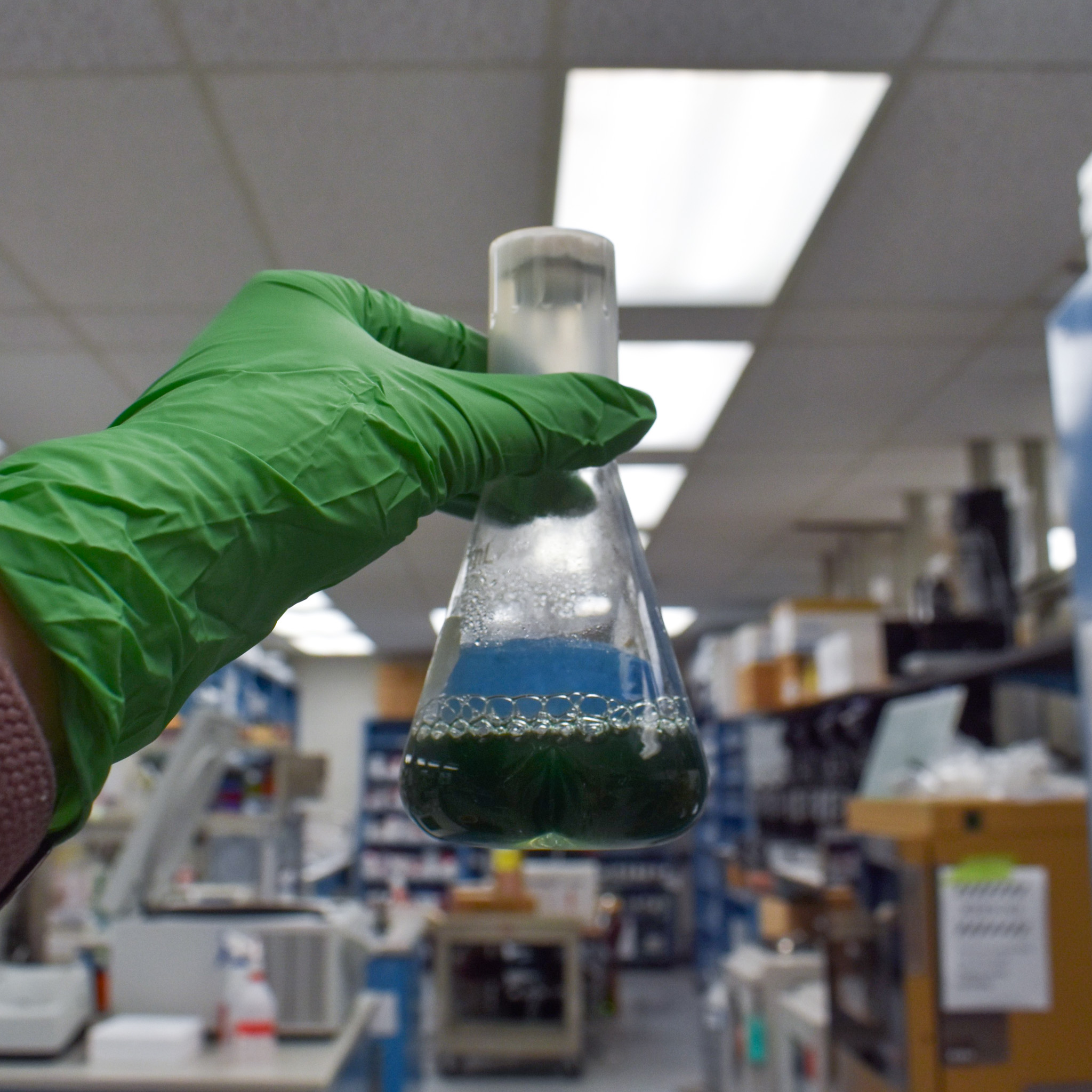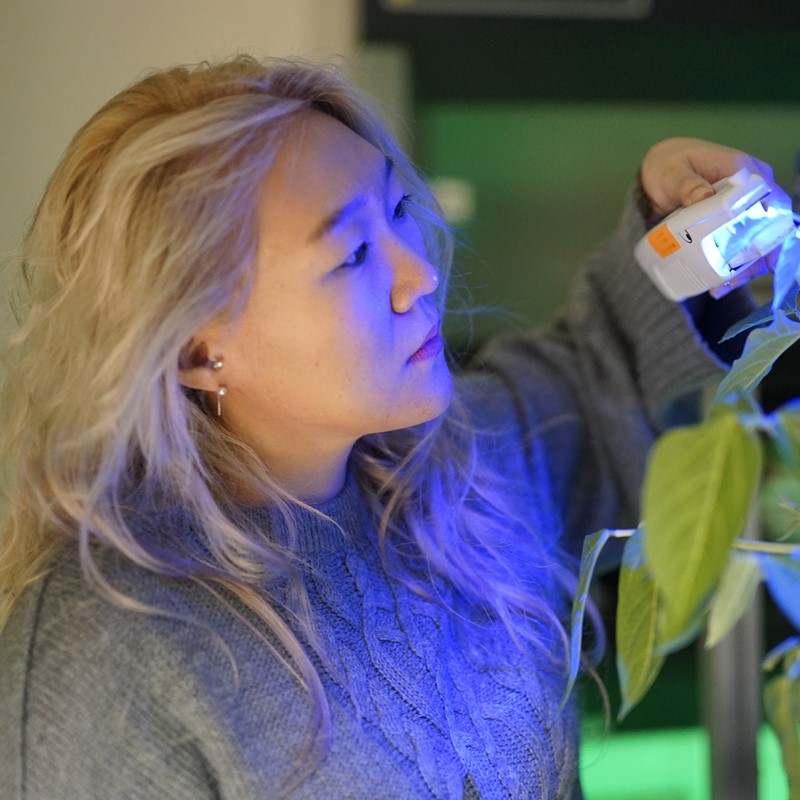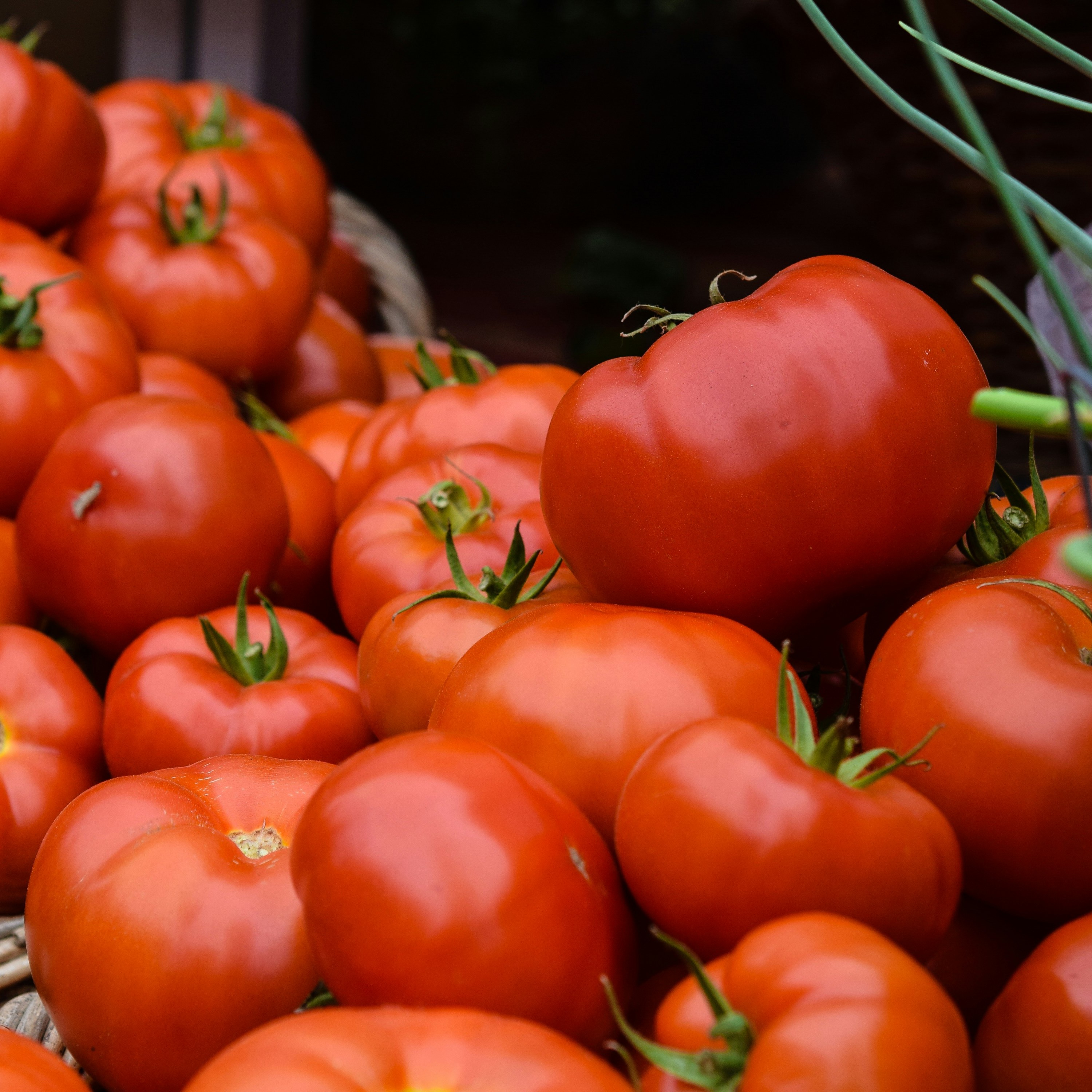Plants and photosynthesis: What's making plants lose their lunch?
A new study from Michigan State University is shedding light on how plants could potentially become more efficient at photosynthesis. The long-term implications of this research range from improved agricultural productivity to predicting the effects of climate change. The study is published in the journal Plant Physiology.
During photosynthesis, plants grab carbon dioxide (CO2) from the air and turn it into sugar. This process is how plants "eat" and grow, and that is how humans get nutrients when we eat our greens. This ability of plants to capture and keep CO2 plays an important role in how much plants can grow and how productive crops are.
“Plants also leak CO2 out of their system, for many reasons, whether ‘good’ or ‘bad’. But, on the whole, anything that’s releasing CO2 from a plant is making its job at growing harder,” says Berkley Walker, corresponding author and Assistant Professor at the MSU-DOE Plant Research Laboratory (PRL). “One of the reasons for leakage, called ‘respiration in the light’, is where a plant bleeds around 10% of the carbon it grabs during the day. No one knows exactly why this happens and where this loss comes from.”
“We need to find out what is happening, if that is an important process, or if plants are just vomiting out valuable CO2 that they could use instead to grow,” Berkley adds.
Finding the source of leakage
The new study relied on new scientific tools developed in the Walker lab in close collaboration with the labs of MSU professors Yair Shachar-Hill and Thomas D. Sharkey.
The team first examined the reason that scientists usually give to explain the 10% carbon loss. Past models have assumed this loss comes from the so-called tricarboxylic acid (TCA) cycle. It is the same cycle that humans use to break down sugars so that we use the resulting energy as fuel.
The new study showed that this explanation does not work. The problem is that scientists still don’t know how much carbon travels throughout the various parts of a plant’s metabolism. So, there has been no proper data to backup this assumption.

By Victor DiRita, MSU College of Natural Sciences, 2019
To address this issue, Berkley and his collaborators used a recently developed approach, called isotopically instationary mass flux analysis, to measure exactly how much carbon flows to different parts of a plant’s systems. The experimental work was done by Yuan Xu, a postdoc in the lab of Shachar-Hill, with analytical support from Xinyu Fu, a postdoc in Berkley’s lab.
“The way it works is that we put individual leaves inside an isolated chamber and feed them with carbon molecules that we can track,” Berkley says. “We quickly freeze each leaf with liquid nitrogen, using a spraying system like the ones used by dermatologists to freeze warts.”
Within half a second, a leaf freezes and its metabolism stops. The result is a frozen snapshot in time of where the carbon has traveled.
“Because the carbon we injected is trackable, we can measure where it ends up inside a leaf. It is like tracking the flow of a stream by adding red dye to the water and seeing where that dye ends up,” Berkley says. “Now we can deduce what processes are important at any point in time, judging by where the carbon is located.”
The scientists then compare the carbon flow measurements in the leaf with additional measurements of how much CO2 the leaf has released. This comparison reveals which flows are large enough to explain the carbon loss due to respiration in the light.
“The TCA cycle couldn’t explain the 10% CO2 loss we were looking for,” Berkley says. “Instead, our simulations showed that the release comes from an alternative route that carbon can take after a plant captures it from the air. And, it turns out that this alternative path was discovered right here at the PRL by Dr. Tom Sharkey!”
Dr. Sharkey says, “My lab hypothesized that known reactions worked in concert to make a shunt in photosynthetic metabolism. Understanding the shunt is important for understanding photosynthesis from individual leaves to the global scale. Advances in technology in Berkley’s lab, and leadership and careful experimental work by Yuan and Yair, resulted in this exciting new support for the existence and importance of the shunt. The collaborative atmosphere at MSU was critical to developing the new insights reported here.”
The researchers are still not sure if the carbon loss serves a useful purpose to plants. Perhaps it is a result of leaky enzymes or some adaptation that is beneficial only in specific situations.
“If we can tune down this carbon release, even by just a little, we could get improved photosynthesis and bigger crops,” Berkley says. “This innovation could also serve as a carbon sequestration strategy. Instead of carbon going back into the atmosphere, where it contributes to climate change, it would go into building up the plants!”
This work was primarily funded by the US Department of Energy, Office of Basic Energy Sciences. Banner image of tree in field, CC0, Pexels.
By Igor Houwat, Berkley Walker



